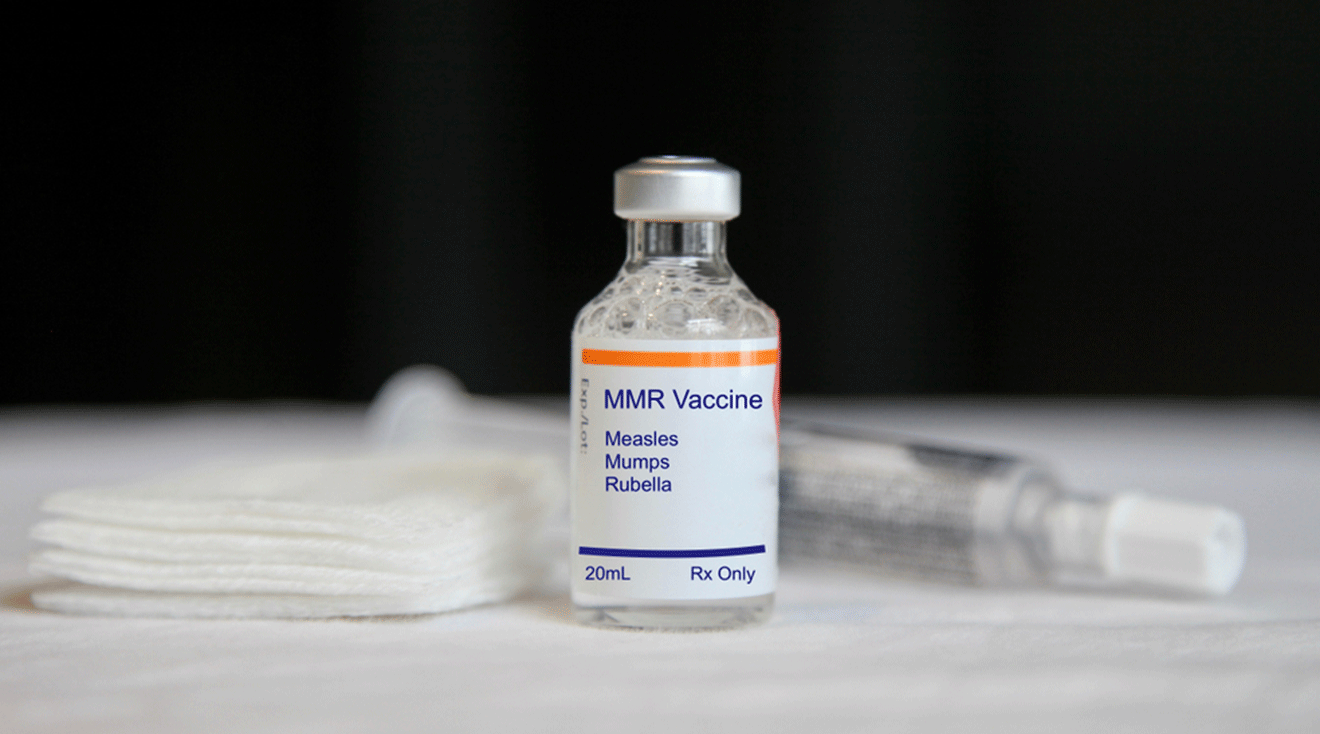Measles Outbreak Spreads to Two More States: What Parents Need to Know
The measles outbreak in West Texas has now grown to 258 cases, spreading to New Mexico and Oklahoma, making it one of the largest outbreaks in the U.S. in recent years. This year’s surge has already surpassed the total number of measles cases in 2024.
Measles is a highly contagious viral infection that spreads through coughing, sneezing and even lingering airborne particles. It often starts with cold-like symptoms—fever, cough, runny nose and red, watery eyes—before a telltale red rash appears. While it may seem mild at first, measles can lead to serious complications, especially in young children, including pneumonia, brain swelling and in rare cases, death.
The majority of cases are concentrated in Gaines County, Texas (156 cases), with surrounding counties reporting an additional 69 cases. In New Mexico, 33 cases have been confirmed, and two cases in Oklahoma have been linked to the Texas outbreak.
Most infections involve children ages 0 to 17, including 76 cases in children under 5 and 98 cases in those aged 5 to 17 in Texas. Twenty-nine people have been hospitalized, and last month, Texas confirmed the first death linked to the outbreak—a school-age child who was unvaccinated and had no underlying conditions.
Low Vaccination Rates Fueling the Outbreak
Health officials warn that the number of cases may continue to rise, especially given low vaccination rates in the area. Nearly 1 in 5 incoming kindergartners in Gaines County weren’t vaccinated against measles for the 2023-24 school year. Other affected counties—Lynn, Lubbock, and Yoakum—also fall short of the 95% vaccination rate recommended by the US Department of Health and Human Services to prevent outbreaks. Nationally, the US has failed to meet this benchmark for four consecutive years.
In response, local health departments are hosting free vaccination clinics. The South Plains Public Health District, which covers Gaines County, has administered more than 100 Measles Mumps and Rubella (MMR) vaccines and expanded clinic hours to seven days a week.
Why Measles Is Making a Comeback
Measles was nearly eradicated in the US by the 1980s thanks to widespread vaccination. Before the measles vaccine was introduced in 1963, an estimated 3 to 4 million Americans contracted the virus annually. Vaccination efforts led to a 99% drop in cases, but recent years have seen a resurgence.
While the CDC says the risk of widespread outbreaks remains low due to overall population immunity, pockets of low vaccination coverage leave some communities vulnerable. To prevent future outbreaks, the CDC urges parents to ensure their children are fully vaccinated.
How to Protect Your Family
The MMR (measles, mumps, rubella) vaccine remains the most effective defense. The CDC recommends children receive the first dose between 12 and 15 months of age and a second between 4 and 6 years old. Two doses are about 97% effective at preventing measles.
If you live near an affected area or your child isn’t up to date on their vaccines, contact your pediatrician or local health department. As the outbreak grows, health officials emphasize that vaccination and community awareness are key to stopping the spread of this preventable disease.
Please note: The Bump and the materials and information it contains are not intended to, and do not constitute, medical or other health advice or diagnosis and should not be used as such. You should always consult with a qualified physician or health professional about your specific circumstances.
Navigate forward to interact with the calendar and select a date. Press the question mark key to get the keyboard shortcuts for changing dates.





















































